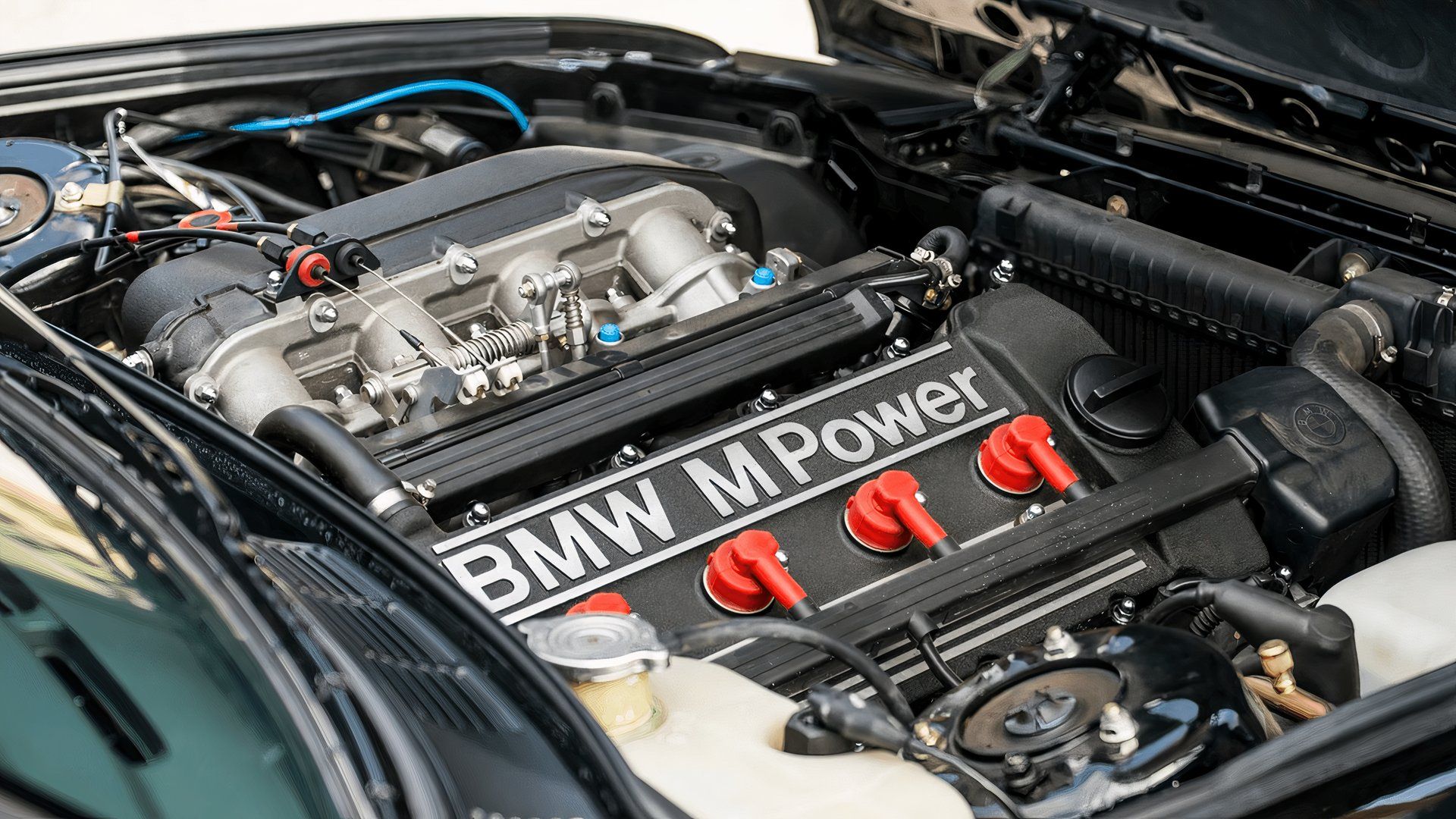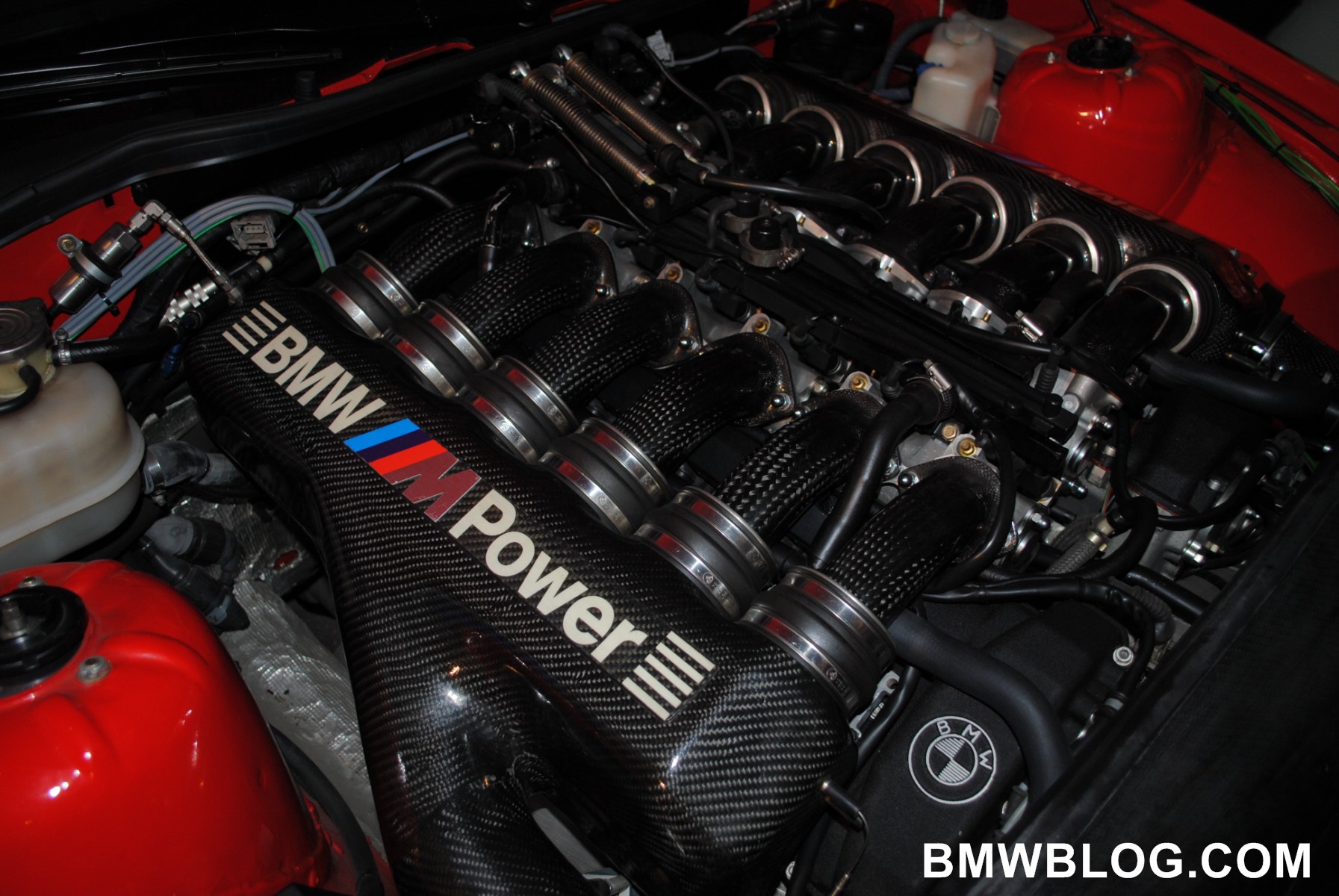A Comprehensive Guide to Understanding BMW Engine Specifications
A Comprehensive Guide to Understanding BMW Engine Specifications
Blog Article
Checking Out the Advancement of Combustion Engines in Modern Transportation Systems
As we browse the landscape of contemporary transport, the development of burning engines stands as a testament to human ingenuity and engineering expertise. From their simple beginnings to the innovative giants driving vehicles today, burning engines have gone through an exceptional journey of innovation and adjustment. Recognizing the complexities of this evolution not just clarifies the past but additionally leads the way for imagining what lies ahead in the realm of transportation modern technology. The interplay of background, innovation, and environmental problems fit the trajectory of combustion engines produces a narrative that is both informative and compelling.
Early Beginnings of Combustion Engines
Just how did the idea of combustion engines first arise in the beginning of transport advancement? The origins of combustion engines can be mapped back to the 17th century when the principles of inner combustion were very first checked out. In 1673, Christian Huygens conceptualized a standard inner burning engine that used gunpowder to generate power. Nevertheless, it wasn't until the late 19th century that useful applications of combustion engines in transport began to emerge.
The breakthrough moment featured the creation of the very first effective gasoline-powered engine by Karl Benz in 1885 - bmw engine. This engine led the way for the growth of the modern-day automobile, revolutionizing transportation systems worldwide. Succeeding technologies by Nikolaus Otto and Gottlieb Daimler better improved combustion engine modern technology, leading to the automation of autos and the fast growth of the transport sector
These very early combustion engines were characterized by their simpleness and effectiveness, laying the foundation for the complex and effective engines used in modern-day transportation systems. The development of combustion engines has been important in forming the method we take a trip and move products, noting a considerable turning point in the background of transportation growth.
Transition to Internal Burning Modern Technology
The shift to inner combustion technology noted a pivotal change in the development of transportation systems. This change started in the late 19th century, with creators like Nikolaus Otto and Gottlieb Daimler establishing the very first effective interior combustion engines. These engines transformed transport by offering a much more reliable and effective choice to heavy steam engines and electric motors.
Among the crucial advantages of inner burning engines was their capacity to be reduced to suit vehicles, causing the development of autos and motorbikes. This shift from cumbersome, stationary engines to compact, mobile ones led the way for the contemporary transport systems we see today.
The change to interior combustion modern technology likewise spurred innovations in gas technology, resulting in the development of gas and diesel as main gas resources for vehicles. This change not only made transportation extra available to the masses however additionally laid the foundation for the oil and gas market to end up being indispensable to international economies.
Effect of Combustion Engines on Transportation
The adoption of combustion engines in transport systems catalyzed a profound shift in the performance and rate of worldwide flexibility. Burning engines changed transportation by giving a dependable and functional resource of power for different lorries, consisting of vehicles, planes, ships, and vehicles. This advancement significantly improved the capability for individuals and products to conform long distances in much shorter period, leading to raised connectivity in between regions and countries.
Furthermore, the prevalent use of burning engines has actually had a significant influence on economic growth. view website The capability to transfer goods effectively has spurred trade and commerce, allowing companies to increase their markets and reach consumers worldwide. This has actually promoted financial growth and globalization, as items can now be moved faster and in larger quantities than ever previously.
However, the environmental impact of combustion engines can not be ignored. The burning of nonrenewable fuel sources has actually brought about air pollution and greenhouse gas exhausts, adding to climate change and presenting health risks to populaces. bmw engine. Therefore, there is an expanding emphasis on developing different propulsion modern technologies to minimize these negative impacts and develop an extra lasting future for transport
Innovations in Combustion Engine Design
One notable advancement is the development of turbocharged engines, which make use of exhaust gases to drive a turbine that compresses inbound air, allowing for even more fuel to be charred, resulting in increased power result without a considerable boost in engine dimension. Variable valve timing systems have additionally changed engine design by enhancing air movement at different engine speeds, boosting both power and effectiveness. These innovations jointly contribute to the constant improvement of combustion engines in modern-day transportation systems.
Future Fads in Burning Engine Growth
With modern technology developments driving continual innovation, the future of combustion engine development is positioned to reinvent transport systems around the world. One of the key fads in burning engine advancement is the push towards higher efficiency and minimized exhausts.
One more popular fad is the adoption of crossbreed modern technologies in burning his comment is here engines. Crossbreed engines combine conventional combustion modern technology with electrical power, supplying improved gas effectiveness and lower exhausts. As the automobile sector shifts in the direction of electrification, hybrid burning engines are seen as a transitional option that bridges the gap in between traditional lorries and totally electric ones.
In addition, the combination of clever technologies, such as synthetic intelligence and information analytics, is anticipated to play a significant duty in the future of burning engine advancement. These modern technologies can optimize engine efficiency in real-time, leading to a lot more efficient burning procedures and boosted total car efficiency. Accepting these future patterns will not only drive advancement in burning engine advancement but likewise add to an extra environmentally pleasant and lasting transportation ecosystem.

Verdict
In conclusion, the development of combustion engines in modern-day transportation systems has actually been noted by considerable improvements in modern technology and style. From the early starts of combustion engines to the change to interior burning technology, these engines have actually had an extensive influence on transport. Innovations in burning engine design remain to drive progression in this area, with future trends concentrating on further boosting performance and reducing exhausts. The future of burning engines in transport looks encouraging as research and development initiatives remain to press boundaries.
The roots of burning engines can be mapped back to the 17th century when the principles of click for source interior burning were very first discovered. These engines revolutionized transportation by using a much more efficient and powerful choice to heavy steam engines and electric motors.

Report this page